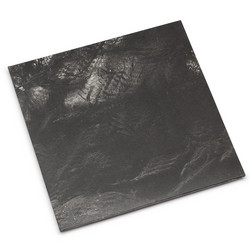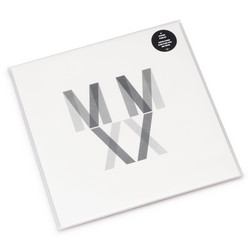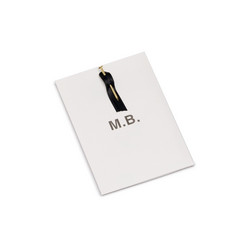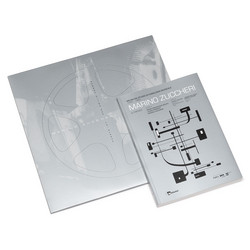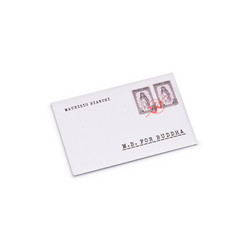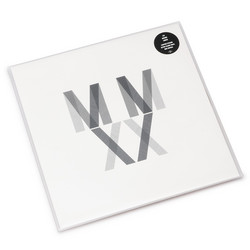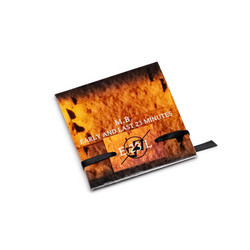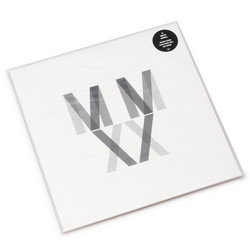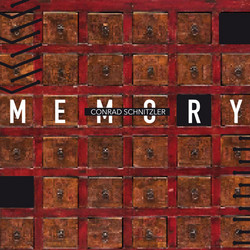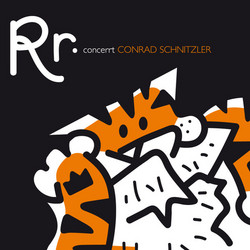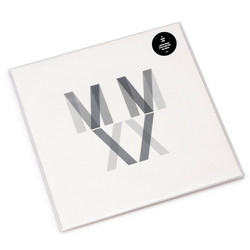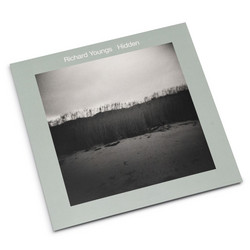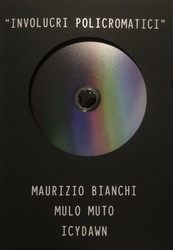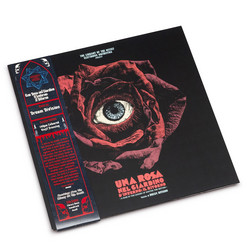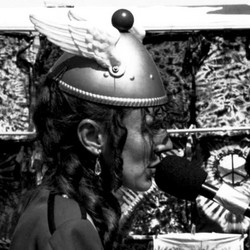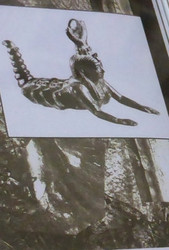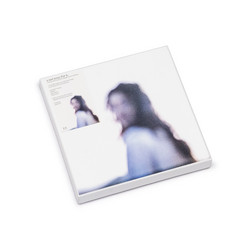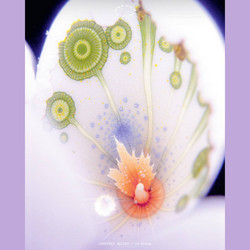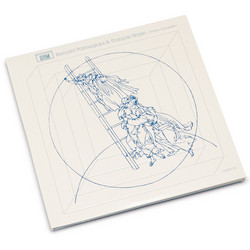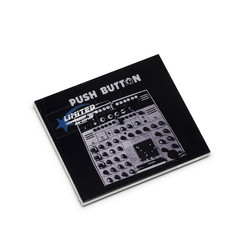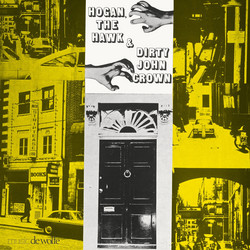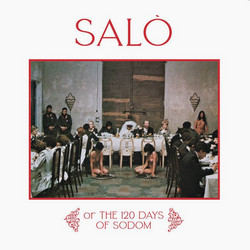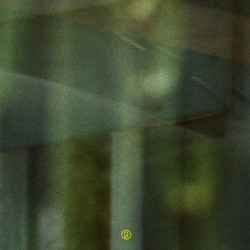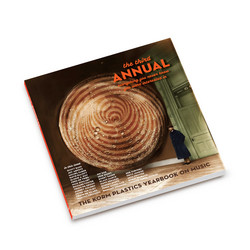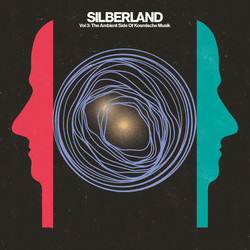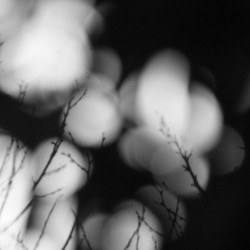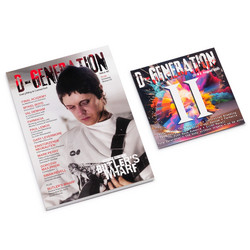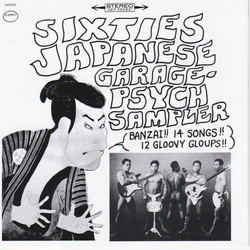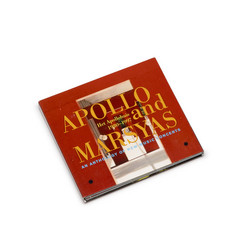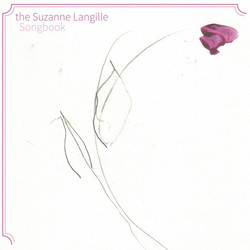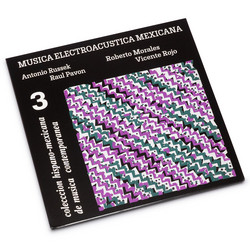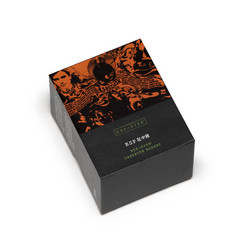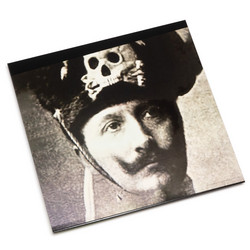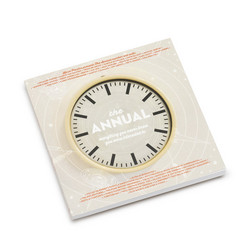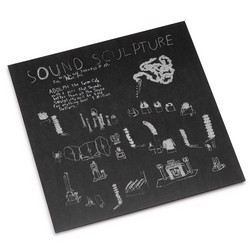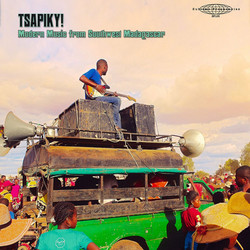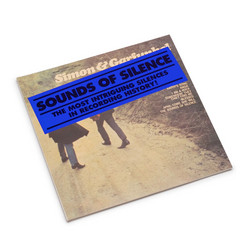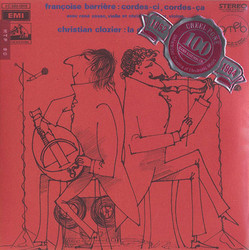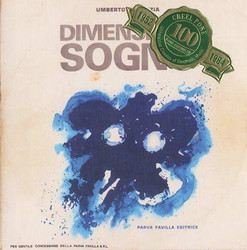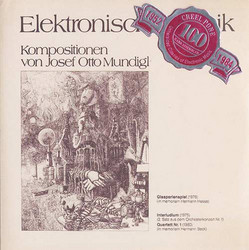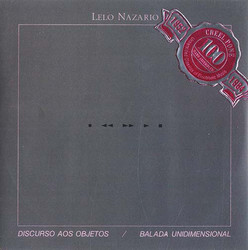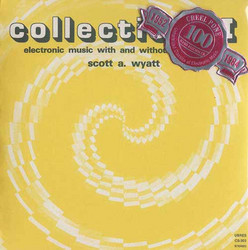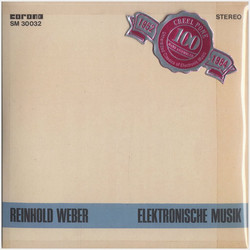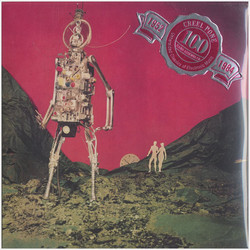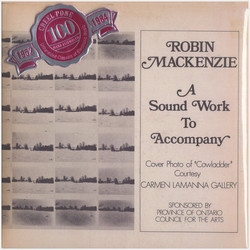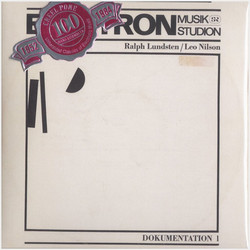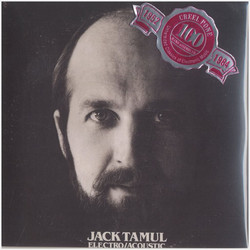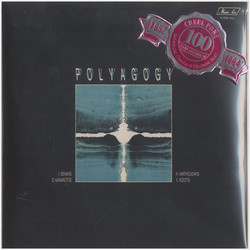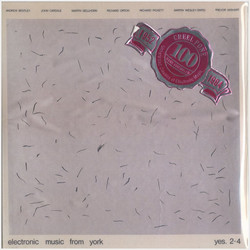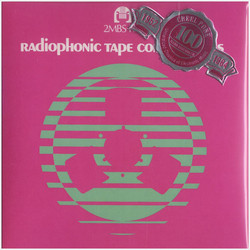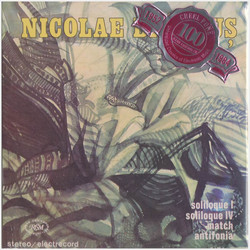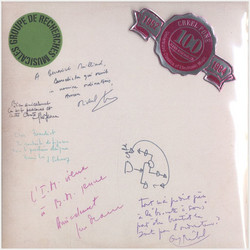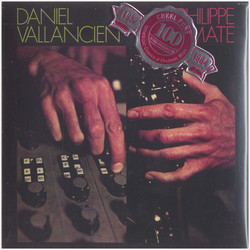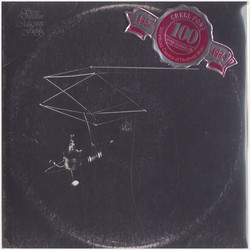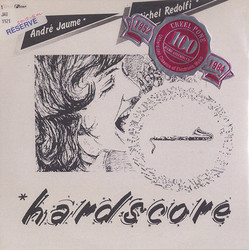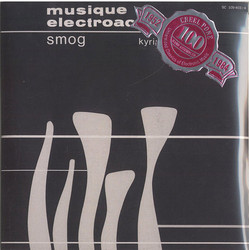Various
Musiques De L'O.N.F. / Music Of The N.F.B.: Volume 1
reproduction of a lovely 1977 double-lp set collecting only the earliest electronic music made in canada; with a majority of pieces remarkably made without the aid of magnetic tape (!?) but directly on optical film... music of the n.f.b. (volume 1)
audio without visual
this album offers an unusual opportunity to discover the "sound dimensions" of the national film board of canada. this is not, however, a matter of "film music" or "theme songs". the sound tracks to be found here, detached from their visuals, taken in their totality, assume the character of parallel, autonomous works. we wished to draw attention to the fact that the nfb has produced sound tracks in which a true spirit of research has been able to express itself with great freedom.
this album shows that norman mclaren is not only an animation artist of repute, but that he is also an imaginative musician and inventor of sound put directly on film, using animation techniques, either manually or by photography. we wished also to pay homage to nfb composers - authentic filmmakers - craftsmen essential to the achievement of a film. thus we find those "musician film-makers" of the board - maurice blackburn, eldon rathburn and alain clavier - as well as some others who have been interested in the relation of sound to image.
produced by the sound concept studio of the national film board of canada, these discs cover the period 1952-1971, the period preceding the establishment of the studio in 1971 when electro-acoustic technology was made available to the board's composers.
technical supervisor: alain clavier
musical supervisor: maurice blackburn
producer: anne claire poirier
blinkity blank (1955)
film by norman mclaren, music by maurice blackburn and norman mclaren.
the instrumental music was composed in advance by maurice blackburn, at the request of mclaren. blackburn arranged his score so that a large element of improvisation was required with determined registers and following precise note-values. an ensemble of five instrumentalists improvised within this framework. mclaren later made his visuals, and in the completion stage introduced some short passages of animated sound (scratched directly on film) between the instrumental section.
rhythmetic (1956)
film and music by norman mclaren.
this 'rhythmic study, scratched directly on the film, is like sculpture done with a magnifying glass. the characteristics of the marks "carved" by the stylus in the emulsion - breadth, shape, angle, number and spacing - control the fluctuations of light and determine rhythm and timbre.
la courte échelle (1964)
film by jacques giraldeau, music by gabriel charpentier.
after an analysis of the film, gabriel charpentier composed an improvisation-framework with notes of precise pitch but of no predetermined rhythm, using pre-established signals. the material was recorded on six tracks separately, and then re-assembled architecturally with the treated sounds and other sound effects laid out on twenty-one tracks.
canon (1964)
film by norman mclaren, music by eldon rathburn.
introduced by the classic canon, "frere jacques", eldon rathburn's composition makes use of instrumental and concrete elements, with an interlacing of photographed animated music. as distinct from hand-scratched (or drawn) sound which gives only clicks of approximate pitch, animated sound using photographed cards has controlled pitch and is thus melodic. a few sound effects are also used, including a simulated cat miaow.
christmas cracker (caprice de noël) (1963)
film by gerald potterton, music by maurice blackburn.
this extract is a true collage (in the graphic sense) oj sound elements. gathered from the sound library. it is an example of what can be done by editing, organizing and juxtaposing sounds of heterogeneous origin in a humorous, free-and-easy fashion.
la forme des choses (the shape of things) (1965)
film by jacques giraldeau, music by pierre mercure.
composed for a film on north america's first sculpture symposium held in montreal, in the summer of 1964, this music was based on the sounds to be heard in that location in order that the "sound-space" of the sculpture could be re-created. to the instrumental music, therefore, was added concrete music - recordings of the noise of tools, the ring of stone under the chisel, the sounds of jean vaillancourt's workshop in montreal, including the roar of the forge, hammered metal, pouring of molten iron - sound reworked by distortion or in the echo chamber (at mc gill university). the whole was conceived starting from the concrete sound and re-thought, re-created on the cutting bench to fit the theme of the film and the unfolding of the images.
jour après jour (day after day) (1962)
film by clement perron, music by maurice blackburn.
...and man said: make the machine in our image and according to our likeness..." in the resulting "total" sound-poem, concrete music expands industrial and miscellaneous sound-effects (recorded in studio or selected from the sound library) to proclaim the universal domination of the machine-gone-mad, the power of the word and the human voice. speech is counterpointed with entirely unfettered sound - galloping horse hooves, locomotives, hooters, trees crashing down, noise of machines... this sound track was,created without score directly on the moviola by maurice blackburn with words by clement perron and the voice of anne claire poirier.
neighbors (voisins) (1952)
film and music by norman mclaren.
this work by mclaren illustrates a dispute between two neighbours and uses photographed sound produced by an animation method - frame by frame - employing cards each of which carries the black-and-white pattern of a particular sound pitch, and combining these to give the desired music.
dimensions soleils (1970)
film by raymond brousseau, music by gilles tremblay.
“from my first contract with the visuals of brousseau, the use of electroacoustical music seemed inevitable to me. after considering the means at my disposal, i opted for the simple solution of editing/mixing a selection of concrete sounds divided into two families: even tracks and unevenly oscillating groups. these two families served as my point of departure and corresponded to the dialectic of the film, with, however, a wide door left open for associational ideas, graftings which could bring about that 'geométrie effervescente. ‘ with the first image/sound associations established, the music moves forward in its own dimension". gilles tremblay
metadata (1971)
film by peter foldes, music by alain clavier.
this sound track accompanies a film made with computer - the first experiment of its kind - produced at the national research council, ottawa. to a first composition based on natural (concrete) sounds treated electro-acoustically, there is linked instrumental, melodic music (recorded in studio) in which, at certain moments, short concrete blocks come into view.
